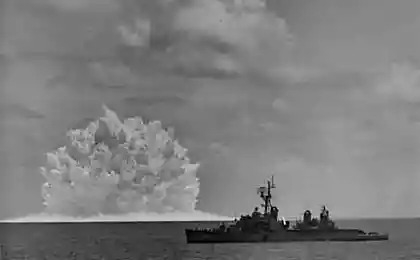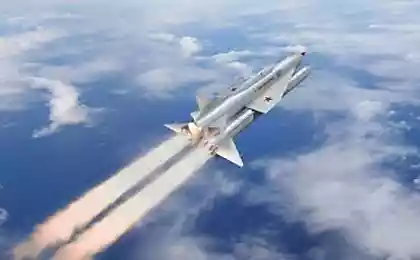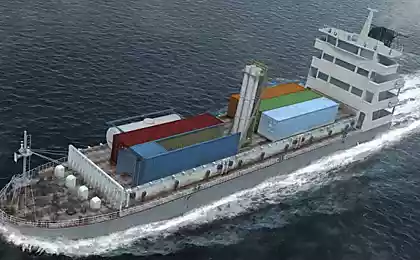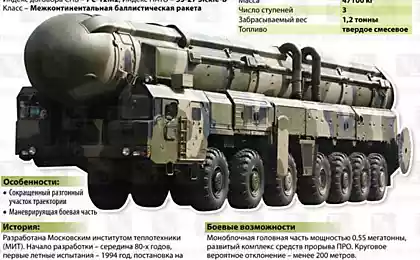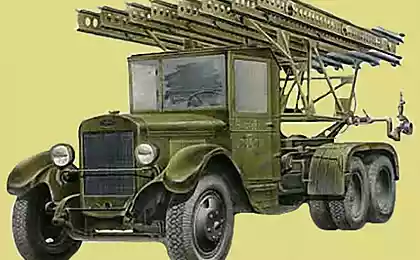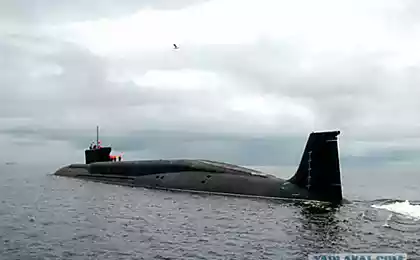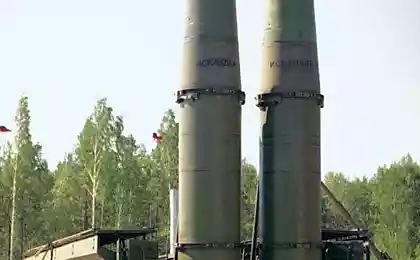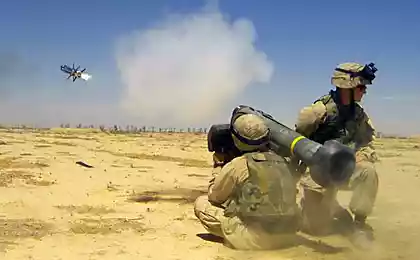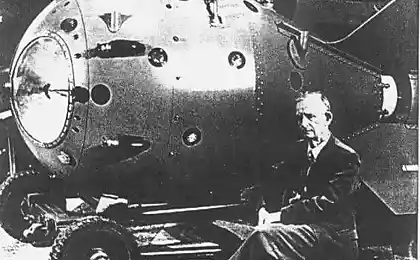213
Intercontinental missiles: history, technology, future
Intercontinental ballistic missiles became one of the most discussed themes of the 20th and 20th century. Their appearance changed the rules of the game in world politics, and technological advances in this field remain in the center of attention and today. What is intercontinental missiles how they work, and how their use affects geopolitical stability?

What is an intercontinental missile?
The intercontinental ballistic missile (ICBR) is a type of missile weapon capable of delivering warheads at large distances, typically over 5,500 kilometers. The ICB is a key element of nuclear determination for many countries. They can carry conventional or nuclear warheads and reach targets at a different continent with high accuracy.
Development
1. Cold War start
The development of the IBR began in the mid-20th century, when two superpowers - the United States and the USSR competed for military advantage. One of the first steps was the German V-2 rocket used during World War II. Her technology was the basis of future missile programs.
2. First success
In 1957, the USSR successfully launched the R-7 missile, which became the world's first intercontinental ballistic missile. The United States responded to the creation of the Atlas ICBM, launching a new era of rocket weapons.
3. Armament race escalation
In the 1960s and 1980s missile technology rapidly developed. Countries created increasingly powerful missiles with multiple warheads (MIRV) and slope systems (opposite-rocket defence).
How do intercontinental missiles work?
The MBD has a complex structure consisting of three major stages:
Modern MBRs use inertial navigation and satellite systems to improve accuracy.
MBR key players
Today, several countries have intercontinental missiles, which are part of their nuclear arsenals:
1. United States
The United States has Minuteman III rockets based in underground mines. They are an important part of strategic nuclear determination.
2. Russia
Russia has a broad arsenal of the MBI, including the RS-28 rocket Sarmat and RS-24 Yars, which can carry several nuclear warheads.
3. China
China actively develops its missile programs. DF-41 is considered one of the world's most powerful missiles capable of reaching any point on the planet.
4. Other countries
France, Great Britain, India and North Korea also have their missile programs, although in a smaller scale.
Intercontinental missiles and geopolitics
The IBR is not only a weapon but also an instrument of influence in international politics. They perform a deterrent function because the risk of nuclear war causes countries to avoid open conflicts.
However, the presence of such weapons causes concern due to their random or unauthorized use.
Development performances
The future intercontinental missiles include several directions:
Ethical questions
Development and use of the MBD cause significant ethical discussions. Is there a powerful weapon? How to ensure that it was only used to hold, not to destroy?
Nuclear weapons are not only about war but also peace. She makes us appreciate every day without conflict. "Archived"
Release
Intercontinental missiles remain one of the most influential global security elements. Their development continues to form a geopolitical landscape, reminding the thin faces between peace and war. However, scientific advances in this field can become a key to the creation of new mechanisms of international determination and dialogue.
The future depends on how we use these technologies: to protect or destroy. The choice is always human.

What is an intercontinental missile?
The intercontinental ballistic missile (ICBR) is a type of missile weapon capable of delivering warheads at large distances, typically over 5,500 kilometers. The ICB is a key element of nuclear determination for many countries. They can carry conventional or nuclear warheads and reach targets at a different continent with high accuracy.
Development
1. Cold War start
The development of the IBR began in the mid-20th century, when two superpowers - the United States and the USSR competed for military advantage. One of the first steps was the German V-2 rocket used during World War II. Her technology was the basis of future missile programs.
2. First success
In 1957, the USSR successfully launched the R-7 missile, which became the world's first intercontinental ballistic missile. The United States responded to the creation of the Atlas ICBM, launching a new era of rocket weapons.
3. Armament race escalation
In the 1960s and 1980s missile technology rapidly developed. Countries created increasingly powerful missiles with multiple warheads (MIRV) and slope systems (opposite-rocket defence).
How do intercontinental missiles work?
The MBD has a complex structure consisting of three major stages:
- Launch: The missile is launched from a mine installation, a submarine or mobile launch platform.
- Average stage: The missile turns out to orbit and moves through a ballistic trajectory.
- Final stage: The warhead enters the atmosphere and is directed to the target at high speed.
Modern MBRs use inertial navigation and satellite systems to improve accuracy.
MBR key players
Today, several countries have intercontinental missiles, which are part of their nuclear arsenals:
1. United States
The United States has Minuteman III rockets based in underground mines. They are an important part of strategic nuclear determination.
2. Russia
Russia has a broad arsenal of the MBI, including the RS-28 rocket Sarmat and RS-24 Yars, which can carry several nuclear warheads.
3. China
China actively develops its missile programs. DF-41 is considered one of the world's most powerful missiles capable of reaching any point on the planet.
4. Other countries
France, Great Britain, India and North Korea also have their missile programs, although in a smaller scale.
Intercontinental missiles and geopolitics
The IBR is not only a weapon but also an instrument of influence in international politics. They perform a deterrent function because the risk of nuclear war causes countries to avoid open conflicts.
However, the presence of such weapons causes concern due to their random or unauthorized use.
Development performances
The future intercontinental missiles include several directions:
- Hypersonic missiles: Technologies allowing missiles to move at a rate of over 5 Mahs make them virtually vulnerable to modern PRO systems.
- Warhead miniature: This allows more warheads to be placed on one missile.
- Improvement: Development of new protection systems for missile interception at various stages of their flight.
Ethical questions
Development and use of the MBD cause significant ethical discussions. Is there a powerful weapon? How to ensure that it was only used to hold, not to destroy?
Nuclear weapons are not only about war but also peace. She makes us appreciate every day without conflict. "Archived"
Release
Intercontinental missiles remain one of the most influential global security elements. Their development continues to form a geopolitical landscape, reminding the thin faces between peace and war. However, scientific advances in this field can become a key to the creation of new mechanisms of international determination and dialogue.
The future depends on how we use these technologies: to protect or destroy. The choice is always human.
21 November – Hydra and Freedom Day
The U.S. Embassy in Kiev resumed work after closing due to the threat of airstrike



